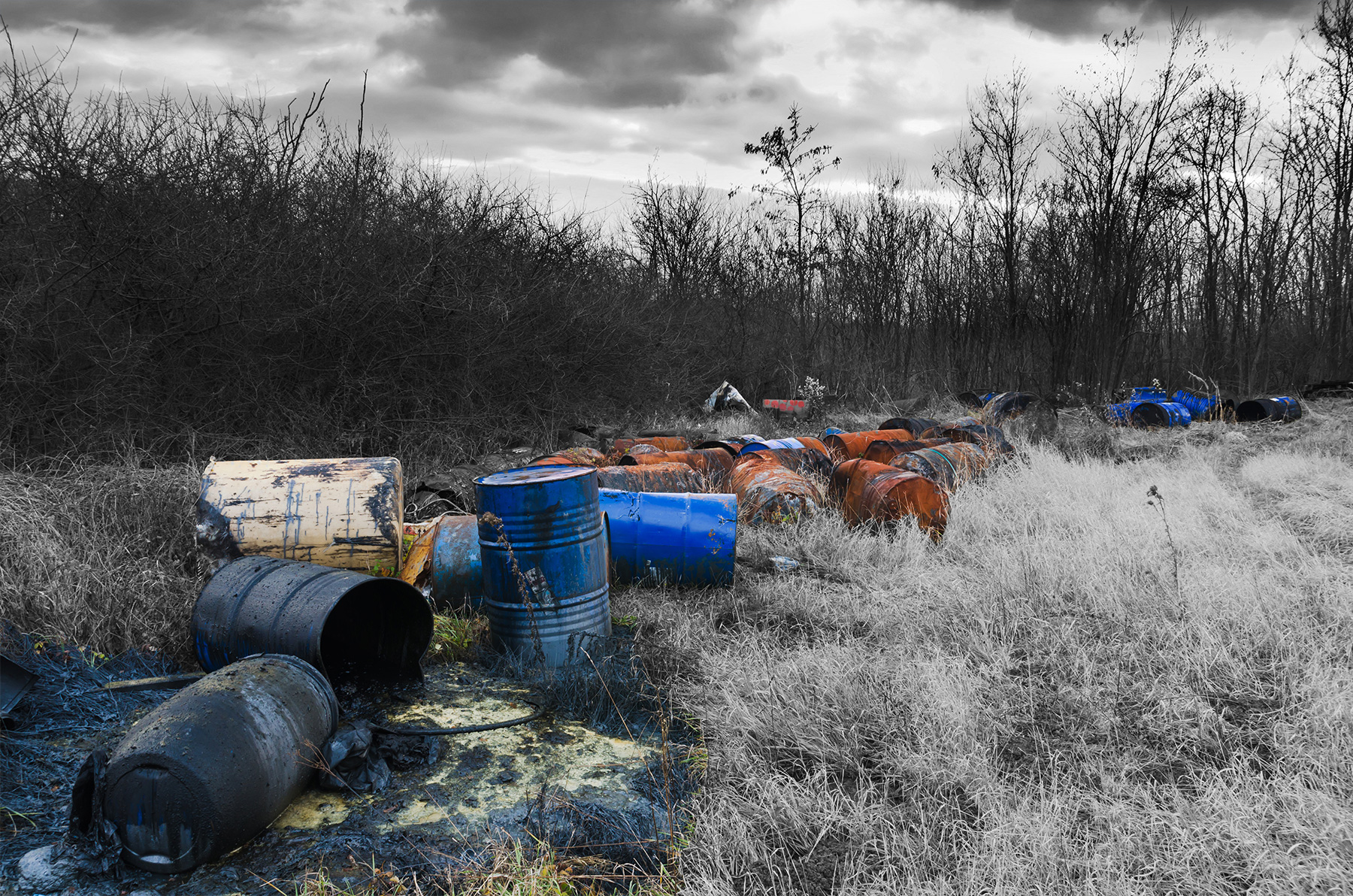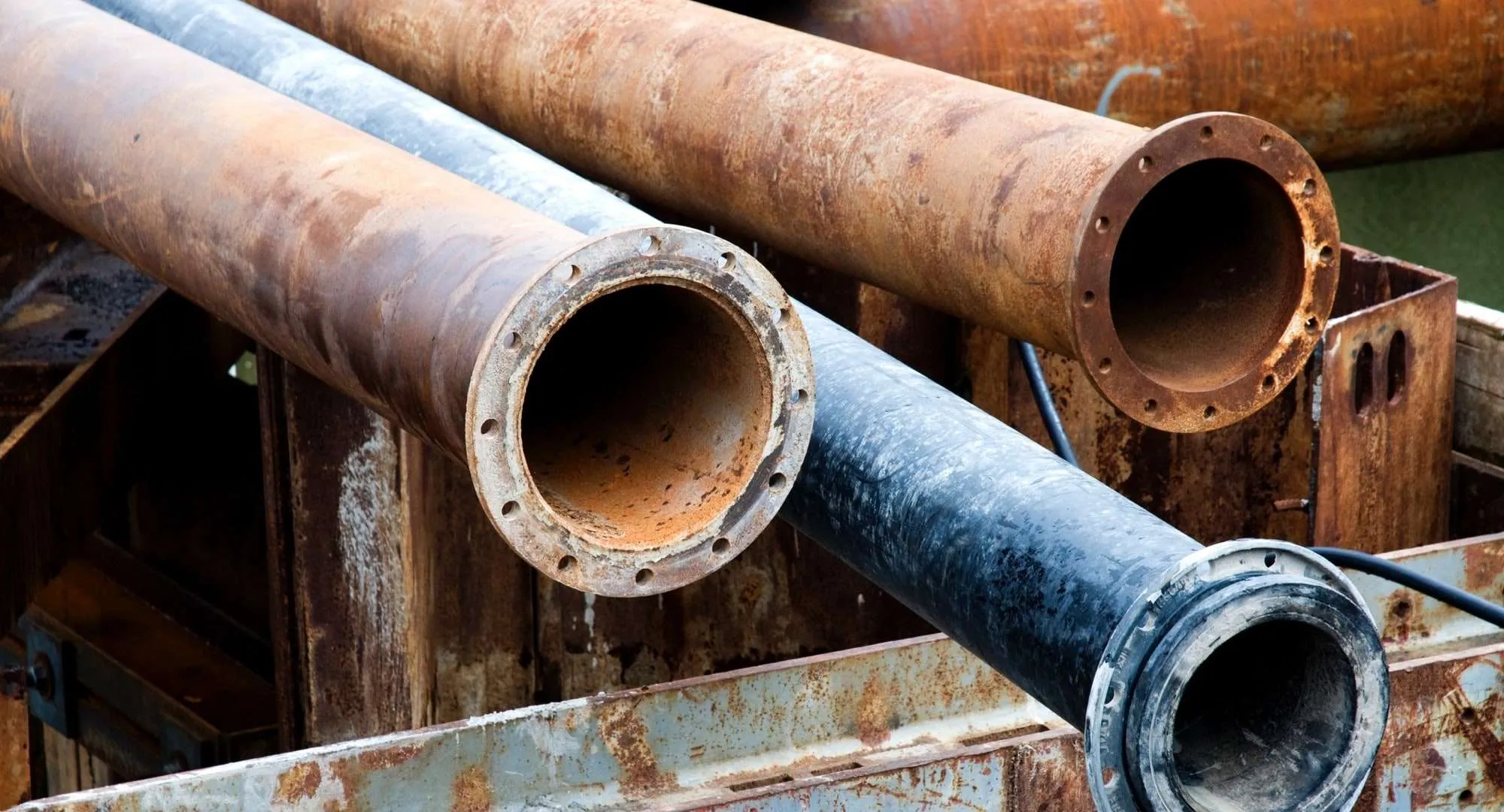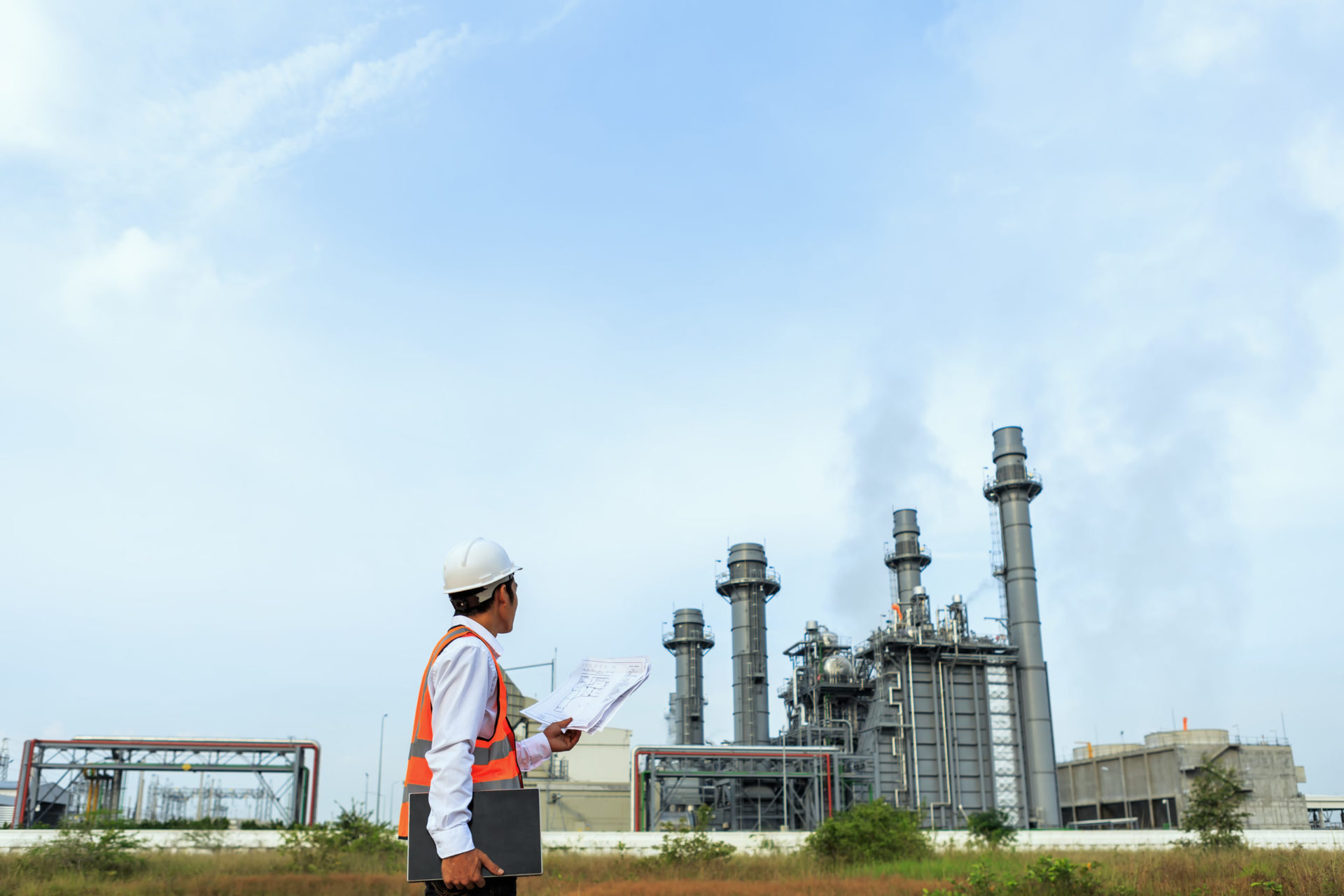Key Facts:
- The Velsicol Burn Pit is one of four sites in Michigan whose cleanup is being accelerated thanks to additional funding from the Biden-Harris Infrastructure Law.
- The cleanup process will last roughly two years and will cost $32.1 million.
- More than 25 hazardous chemicals are buried at the site, including DDT, benzene, mercury, magnesium and lead.
A $32.1 million grant from the Biden-Harris infrastructure program to remove toxic waste
The Velsicol Burn Pit is small – only 1.4 acres tucked away on a golf course in St. Louis, Michigan – but cleaning up this toxic waste dump is a big job. The Biden-Harris administration has designated $32 million to clean up the contaminated soil there.
“Thanks to the resources provided by the Biden-Harris Administration, EPA can clean up these sites much faster than we otherwise could,” EPA Region 5 Administrator Debra Shore said. “For too long, the residents of St. Louis have had to live with this contamination in their community.”
Velsicol Chemical disposed of various toxic waste materials at the St. Louis burn pit site, one of four sites in Michigan to qualify for environmental cleanup funding from the Biden-Harris Infrastructure Law. It is a separately designated Superfund site from the main Velsicol Chemical Corp. plant in St. Louis, a 52-acre property that is among the costliest environmental cleanups in the United States. Efforts have already been underway at the main Velsicol site for more than two decades.
Decades ago, Velsicol Chemical (formerly known as Michigan Chemical Corp.) was responsible for one of the most notorious agricultural disaster in Michigan history. The company mislabeled a fire retardant as a livestock feed supplement, which was then shipped and fed to livestock across the region, contaminating the food chain for more than nine months until the root cause was identified. The chemical “(slipped) onto the dinner plates and into the drinking glasses of nine out of 10 Michiganders.” Tens of thousands of cattle had to be killed as a result.
According to the EPA, more than 25 hazardous chemicals are buried at the burn pit, including DDT, benzene, mercury, magnesium and lead. The presence of these substances threaten the soil, groundwater, and the health of the surrounding community.
The burn pit cleanup will rely on an innovative process that uses an in-place “thermal treatment system” to remove contamination from 1.4 acres of soil. Heaters are placed in the contaminated earth to warm the soil and groundwater, which allows contaminants to be transported more easily. Heavier, oil-like liquid contaminants are extracted first and then moved elsewhere to be disposed of properly.
The cleanup process will take around two years to complete and will cost approximately $32 million. “That’s a huge injection into the local economy and will result in a cleaner, healthier place for people to live,” said Shore.





